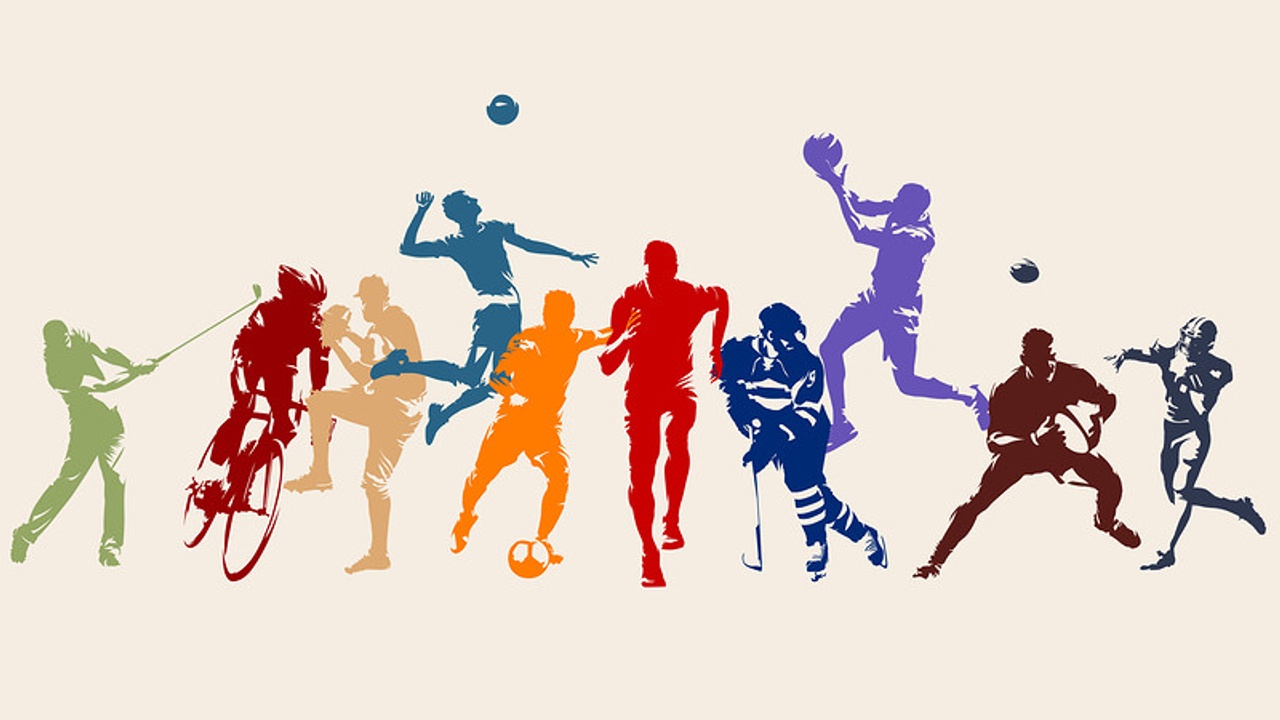In case you missed my article in The Weekly Sun of the Wood River Valley (pdf), it is reprinted below.
Sports performance is the result of coordinated movement. Pedaling a bicycle, casting a fly rod, swinging a tennis racquet or golf club, and hiking up a mountain all require lots of muscles working together in a specific order to create action. If any link in this chain of musculoskeletal function is not ideal, you may experience early fatigue, pain, inefficient technique, loss of power and injury.
The repetitive nature of sport can create muscle compensations and imbalances. As a result, many athletes have movement dysfunctions that develop over time from playing their sport for years.
For example, a cyclist’s hip flexors become so short and tight from long hours in the saddle that the pelvis tips too far forward. This causes an exaggerated arch in the lower back. Then, the upper back and shoulders round overly forward to keep the spine balanced against gravity. Finally, pain and dysfunction in the upper and lower back develop to the point of not being able to bend forward to reach the handle bars or turn the neck without severe pain. The gluteal muscles, which oppose the hip flexor muscles, and the overly stressed hip flexors themselves stop working. It’s true! It happened to me.
Proper musculoskeletal function is the foundation of sports performance. In order to understand this, visualize a pyramid with musculoskeletal function on the bottom and optimal sports performance on the top. Now envision layers above this strong base. First, you’ll have resistance training. Then, you’ll move to cardiovascular conditions. Finally, you’ll have sports-specific skills development. All of these layers reach to the peak of sports performance. Clearly, sports-specific training must follow functional training.
All athletes, regardless of their sport, need to be in an aligned posture. In other words, they must be able to correctly recruit muscles for desired movement. The design and function of the body does not change whether you are a gymnast, swimmer or rock climber. You still have to be in alignment.
Traditionally, athletes tend to skimp on the musculoskeletal function exercises. These include flexibility, mobility and stability, muscle activation. And often, they omit this fundamental work. This causes improper movement patterns, increased injury risk, and compromised posture. Obviously, it is much more fun to just go out and play a round of golf than to do stretches to open up the chest muscles or to do small, isolating exercises to improve the posture of the shoulder and upper back. However, if you work work on function and joint position, it’ll will greatly improve your ability to rotate your hips and torso through the golf swing. This, in turn, will create increased speed on ball contact and longer drives.
As a coach, I start my athletes with musculoskeletal function exercises in their training program. As is often said, it is the condition and position of the body that is brought into sports that dictates performance.



